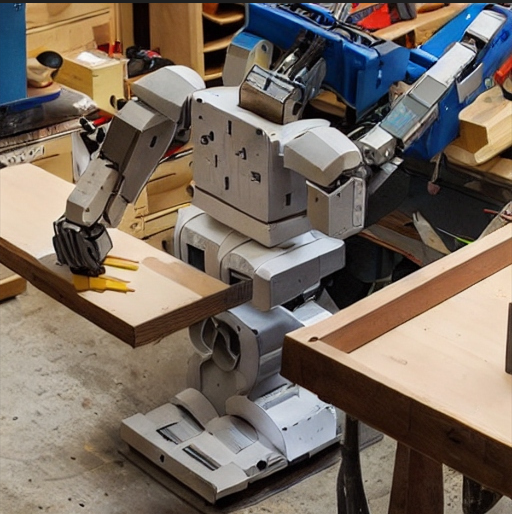Artificial intelligence (AI) is rapidly changing many industries, and woodworking is no exception. With the help of AI-powered technology, woodworkers are able to accomplish tasks more efficiently, accurately, and safely.

One of the many ways AI is impacting woodworking is through the use of computer-aided design (CAD) software. This software allows woodworkers to create detailed plans and designs for their projects, which can then be easily shared with others. Additionally, some CAD software can even create 3D models of the final product, giving woodworkers a better idea of what the finished product will look like.
Another way AI is affecting woodworking is through the use of robotic machinery. Robotics are able to automate many tasks that are traditionally done by hand, such as drilling, cutting, and sanding. This not only improves the speed and accuracy of these tasks, but also reduces the risk of injury for the woodworker. Some robotic systems are even able to learn from their mistakes and improve their performance over time.
AI-powered technologies are also being used to improve safety in woodworking. For example, some machines are equipped with sensors that can detect when a human is too close to the machine and shut it down automatically. This can help prevent accidents and injuries in the workshop.
Additionally, AI and machine learning can be used to optimize the production process, reduce material waste and increase efficiency. Moreover, AI-powered supply chain management and inventory optimization can help woodworking companies to improve their logistics and reduce costs
Overall, AI is transforming the woodworking industry, making it more efficient, accurate and safe. Woodworkers are able to complete tasks more quickly, with less waste, and with fewer mistakes. As technology continues to advance, we can expect to see even more ways in which AI will change the way we work with wood.












 Do Not Sell My Personal Information
Do Not Sell My Personal Information